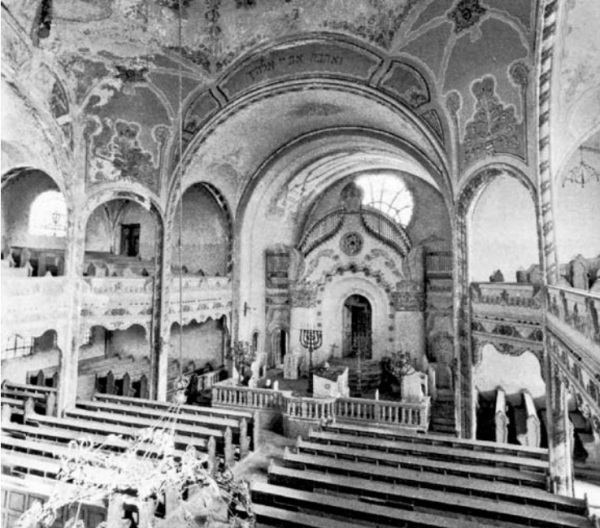To the Sociology of Architect Students of TU Budapest
In Addition to the Sociology of Architect Students of the Technical University at the end of the Dual Monarchy Era (1882ŌĆō1919)
Text: Viktor Kar├Īdy

Synagogue, Szabadka / Subotica, architects: Marcell Komor ŌĆō Dezs┼æ Jakab, 1902
Historians specialised in the architecture of the last but one turn-of-the-century realised at an early stage how important role artists of Jewish origins played in the Lechnerian school and in the whole evolution and flourishing of Hungarian Art Nouveau architecture. When trying to interpret the prominence of Jewish architects in the formation of the modern town- and cityscapes in the country, the trivial explanation is almost taken for granted. The Jewish community represented slightly more than 5% of the population whilst their proportion was almost two-thirds of the intelligentsia in this period when technical, mechanical and scientific professions were just being specialized. Thus architect undergraduates enrolling in the Budapest Technical University between 1882 and 1919 their proportion reached 35%. However, it is not enough to fully explain the spectacular Jewish participation in the stylistic movement of Art Nouveau. A variety of partly negative, partly positive conditions of social history also contributed to it: on the one hand, the extraordinarily rapid Jewish urbanisation and their participation in industralisation, on the other hand power politics boosted this tendency as aspirants of Jewish religion were practically excluded from public life and the market where middle-class people could have the chance to climb the social ladder of success.
